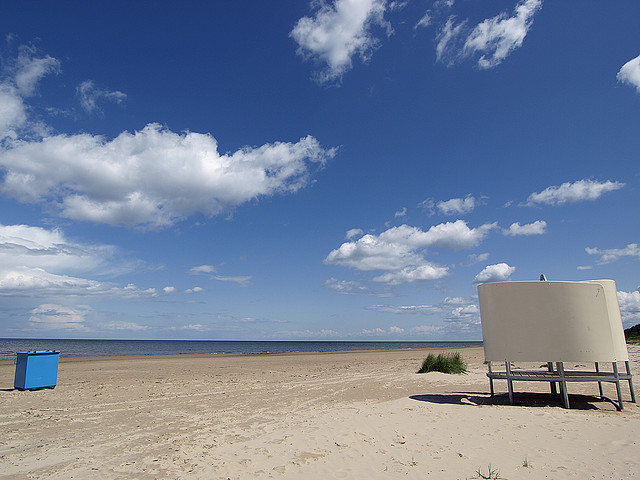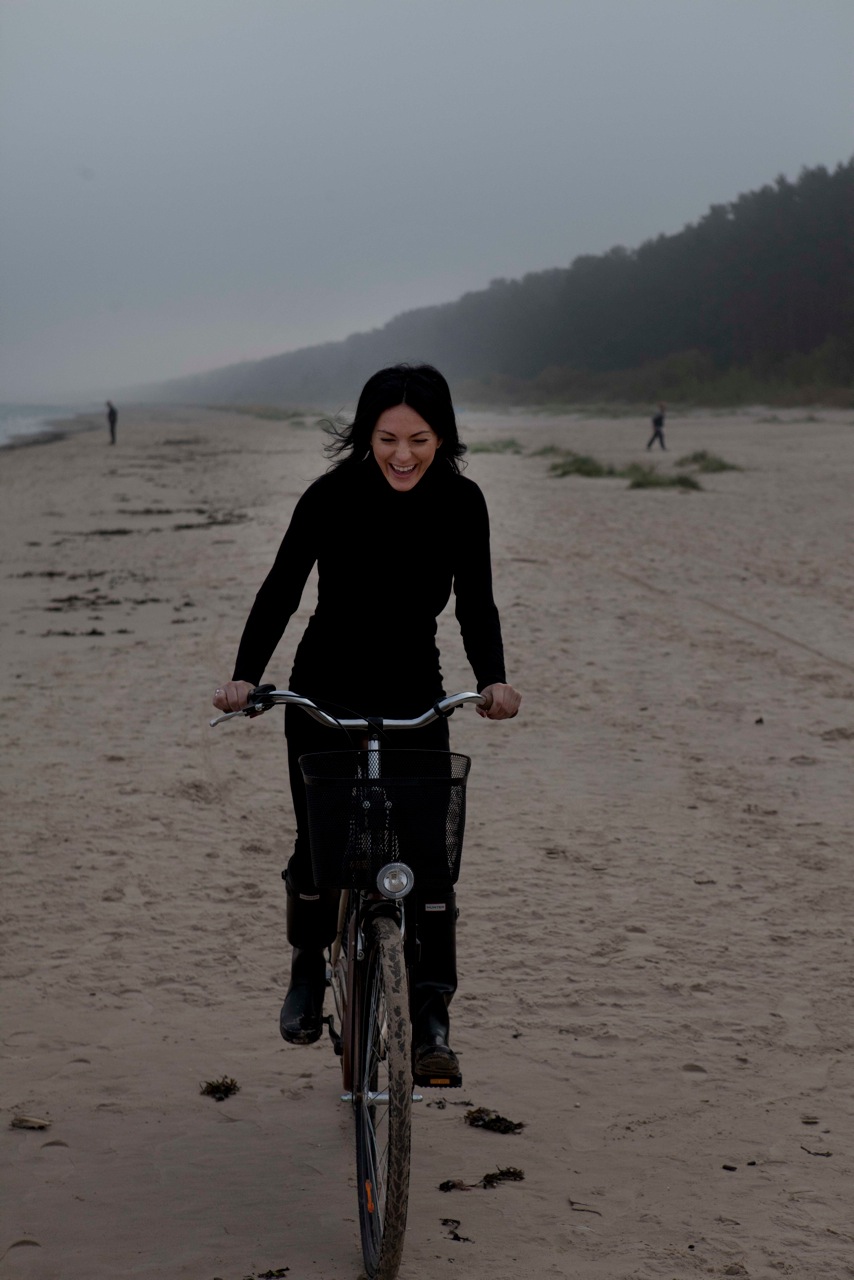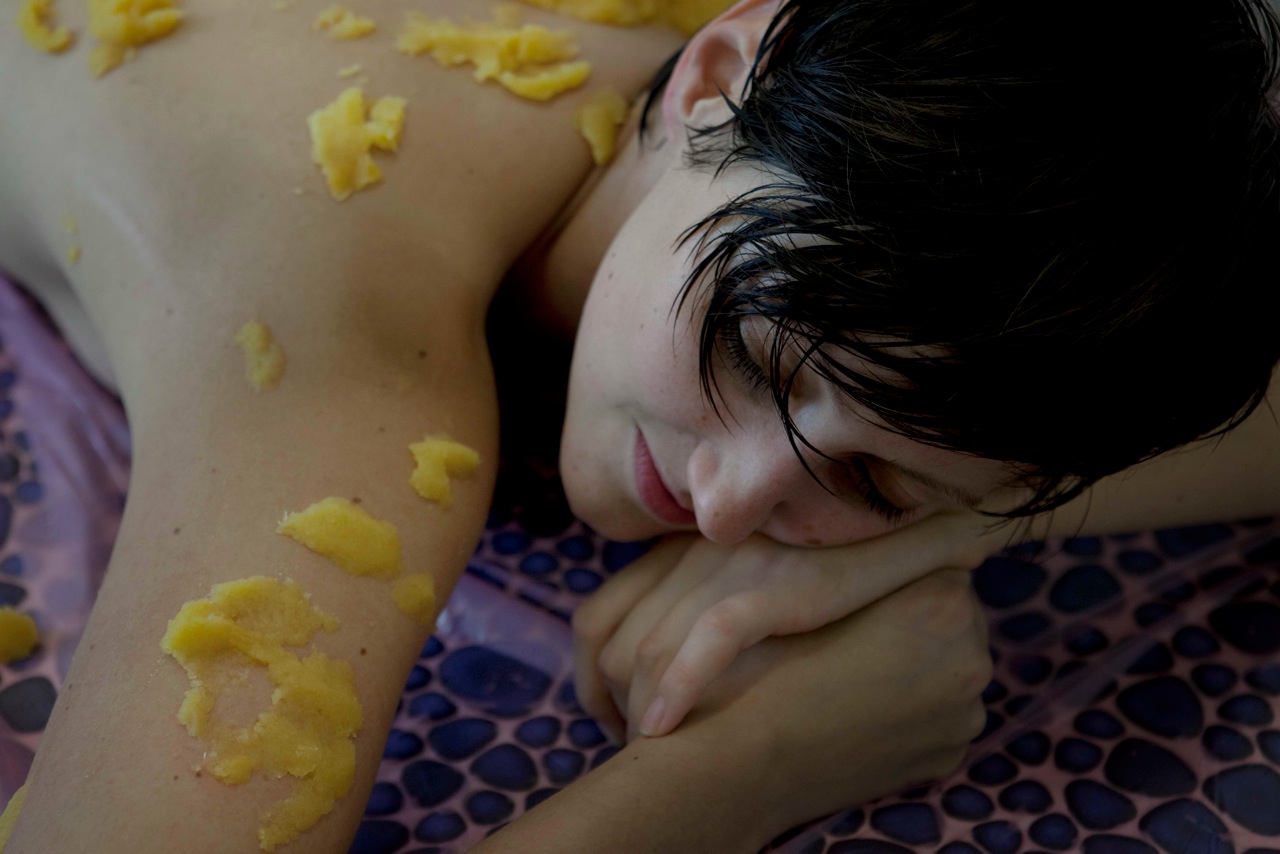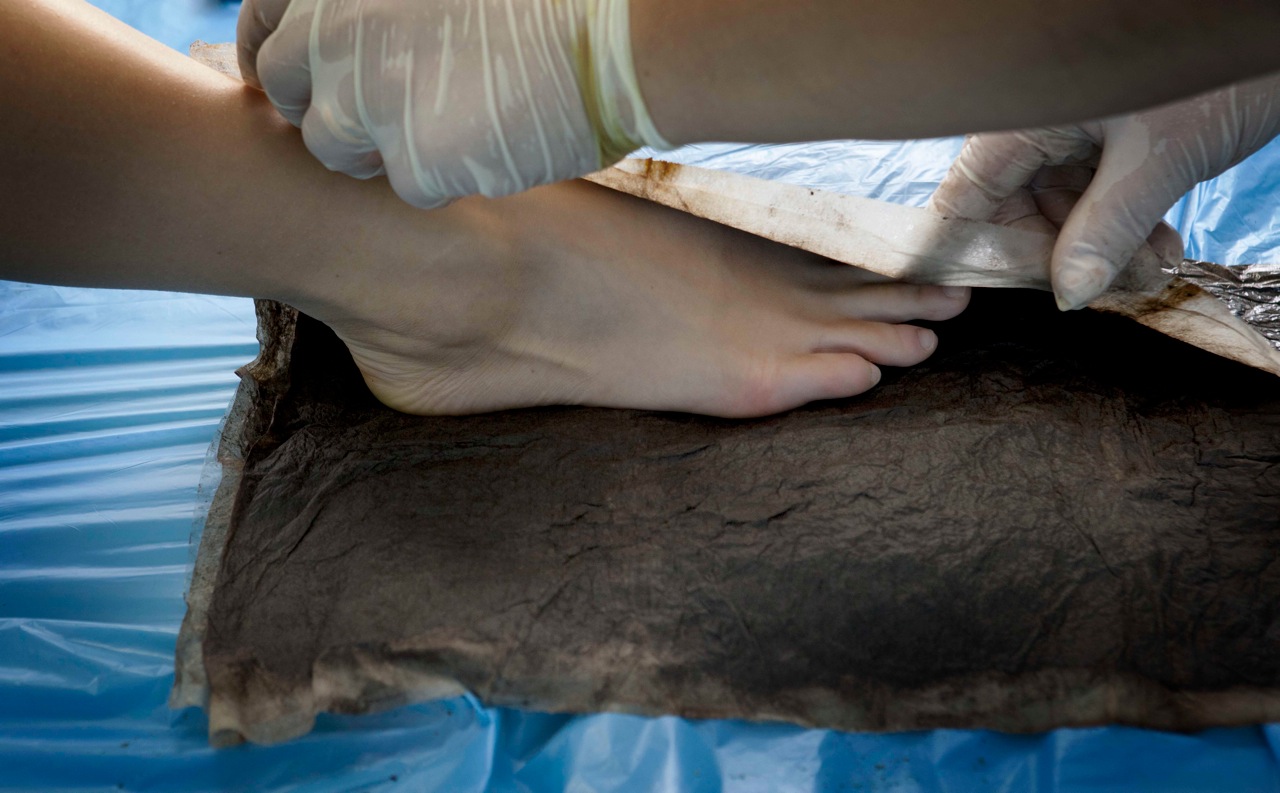This month in line with our Spa Break offers and newsletter Sophie Benge, a health and well being writer, tells us about Jurmala – Latvia’s spa capital, and her experience on this amazing Latvian holiday destination.
As a spa junkie and worldwide traveller in search of wellbeing-that-works, I’m currently trekking through countries featured by the Baltic Travel Company, as part of the research for my upcoming book, “Healing Sources – Spas and Wellness from the Baltic to the Black Sea.” With this regular blog, I hope to share some healthy holiday inspiration from this rich and beautiful part of the world.
Wellness aren’t we sick of the word, bandied about as a lazy catch-all for anything vaguely health-related? Does it mean diet, gym classes, emotions, spa holidays or being in nature, even hugging trees for spiritual connection?
However we define it, wellness is firmly on the lifestyle map, as it should be. It gains increasing focus in a world where the waiting-to-get-sick model of healthcare often under-delivers in terms of cost and results.

So more people now are taking responsibility for staying well and weaving this into their travel plans. The backbone of Europe from the Baltic countries in the north, through central and eastern regions to the Balkans further south, is a very good route for exploring the idea of a healthy holiday.
At the core of this idea is nature-the-healer and her non-invasive treatments with no side effects and profound relaxation on lots of levels. What this really means is thermal springs, mineral waters, mud, herbs and abundant nature in unpolluted landscapes – health hallmarks of the region.
This month, we take a look at Jurmala, the longest stretch of uninterrupted coastline on the Baltic Sea in Latvia. It was once known as the St Tropez of the North for its sandy beaches, mild climate, rich natural resource and glistening social scene from the turn of the century until the Great War.

Today it is a rediscovered spa destination offering a range of health focused places to stay. These range from former Soviet sanatoriums, a still-Russian-run health hydro, many newly renovated four star properties to a boutique hotel with a gastronomic restaurant, par excellence, and the only Russian banya in town
Anywhere you stay in Jurmala is just a short walk from the pine-fringed coast, stretching a full 33 km, and long famed for its mild climate (an optimum 22 degrees in summer), mildly salty sea (in the Gulf of Riga) and air rich in iodine (from waves crashing against the pine trees). Most hotels offer Nordic walking and biking through the cycling trails behind the beach.
Jurmala gained its reputation as a health resort when Tsar Nicholas I built the first state bathing establishment in Imperial Russia, in the Kemeri area, in 1838. Noblemen of rheumatic condition and skin disorders came to wallow in the sulphurous waters and mineral muds and soon a 550 km railway was built from Moscow to service the pilgrimage in wellness. This grew with the development of glamorous hotels with ballrooms and drinking pavilions. Then, after the second great war, the Soviet countries developed their take on the health heritage with the building of sanatoriums offering two-week health programmes for party officials to the proletariat.

The power of the natural resources in Latvia mean that treatments given have remained the same through all these periods in history and are still offered today –mainly in the form of mineral water, mud baths and massage. Nowadays these are complimented with a more international spa menu and treatments using local amber, amber that is formed by the crashing waves against the pine trees. Scour the beach for fragments of this resin with strong healing qualities.
Mineral Water
Bathing in hydrogen sulphide water from natural springs is good for the treatment of cholesterol, heart disease, strokes, diabetes, degenerative joint disorders and inflammatory conditions such as arthritis. Or just for general prevention. Or as one doctor put it: “Mineral water bathing is a natural way to stimulate the organs. And it’s a very beautiful method because it has no side effects while every drug does.â€
Medical Mud
Nature’s other do-it-all medicine is therapeutic mud with an eye-popping array of benefits to reduce inflammation in the nervous system, support movement in chronic cases of joint and spine disorder, clear psoriasis and eczema and work magic on gynaecological complaints. In Latvia it is known as ‘black gold’ and is harvested from a local nature reserve. After a mudpack on joints or body wrap, even a mud bath, we feel clear-headed, even light-headed, due to the mud’s powerful detoxing effects.
 
Russian Banya
The banya is born from the Russian bathhouse tradition but it is as much about getting clean as it is about a 3-hour mind-body-spirit MOT focusing on top-to-toe tapping with birch branches in the sauna to excrete toxins, cold water plunging and full body wrap with local, fresh ingredients. This is all interspersed with time to relax and drink tea (or vodka if you prefer). This is a ritual, which will relax and rejuvenate you all at the same time. Amber Spa Boutique hotel has the best banya ritual in Jurmala.
Wellness holidays in Jurmala are about far more than ‘spa’. The region’s 250-year history as a wellness resort town proves it has much to offer the health-conscious traveler – not only in terms of powerful treatments, but beautiful nature, interesting architecture and fresh produce – hunt for wild blueberries and strawberries in summer and mushrooms in autumn for example. Eating well is part of living well too.
Sophie Benge is a health and wellbeing writer and author. See www.beingsophie.com